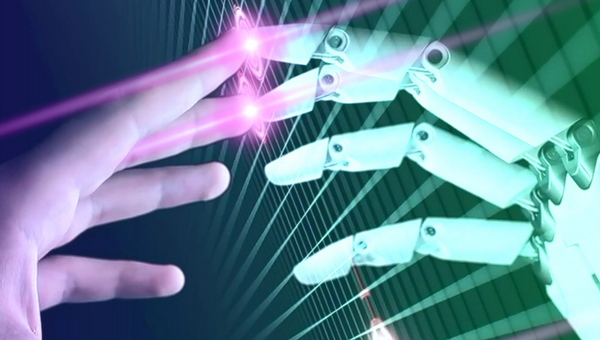Which one is best for you? A Q&A that will make things clear
Since the Internet was introduced to us in 1983, communication and the exchange of information have been key features for Web users across the globe.
Currently, there are over 7000 languages that are used among people for communication purposes.
But what happens when there is a need to understand or deal with a foreign language for any purpose?
In this case, a correct translation can have a decisive role in understanding an important text, in the smooth development of a process, and most importantly, in avoiding unfinished business, whatever this might be.
The quick pace of technology has given us today the chance to choose between an automatic and a human translation.
Which is the best option though?
What is automatic machine translation?
Putting it simply, an automatic machine translation (MT) is a type of translation that uses computer software to translate written text from one language into another. It’s also known as “computer-assisted translation,” or CAT.
Relying mainly on the help of artificial intelligence (ΑΙ), this software attempts to “understand” the terms, style, and content of a language and render the best possible translation. It also has the ability to suggest grammar and syntax improvements.
When to use an automatic translation?
Despite the development of artificial intelligence, the translation of a language and its linguistic elements is an extremely complex issue that cannot be addressed with absolute accuracy by any software.
In addition to its basic vocabulary, every language includes idioms, cultural elements, specialised terms, and other components that cannot be fully understood by a computer. For these reasons, they cannot be translated with the necessary precision. Therefore, automatic translations cannot be certified and used in official organisations.
On the other hand, when there is a need to translate a text, mainly for the sake of understanding and communication and not as a step to continue a specific procedure (e.g., legal, medical, immigration, technical, real estate etc.), then automatic translations can be very useful, as they can be carried out in minutes simply by pressing a few buttons.
What is a human translation?
Human translation is a type of translation that relies on a human translator expert to convert words from one language into another. Human translators don’t use dictionaries or algorithms—they rely on context, fluency in both languages, and their knowledge of the subject matter to effectively communicate between cultures.
Human translations are carried out by certified translators who are specialised in specific technical fields and languages so that the translation process will provide accurate, consistent, and complete results, focusing on the smallest detail.
When to use a human translation?
The demands of today’s society very often require the transfer of documents from one country to another. For example, you may find yourself in a foreign country and need of medical care. In this case, you will almost certainly need particular official documents that provide the necessary information, which will need to be translated and sometimes notarized by specific professionals.
In such situations, every word is of great importance and the slightest mistake can put you at risk of serious complications and delays.
Similar needs may arise for educational reasons (e.g. translation of diplomas), legal reasons (e.g. issues with laws), business reasons (e.g. exchange of documents with your partners abroad) etc.
Translations performed by human professionals have the advantage of conveying not only the content of a text but also the circumstances surrounding it. Cultural sensibilities, style, the meanings of specific terms, the structure of a text, and much more, are concepts that only a human can portray with the utmost precision and accuracy.
Final Thoughts
When things get serious, serious solutions are needed. Only an experienced, certified and qualified translator can provide adequate solutions to issues such as those mentioned.
By delving deeper into the content according to each language’s characteristics, human translators can provide control and precision that no machine can.
Although machine translation has improved quite a bit over time, there is still a huge gap between its capabilities and those of humans.
Of course, this does not mean that they are not useful. Automatic translations can be used for simple tasks where a mistake will not have a serious impact.



